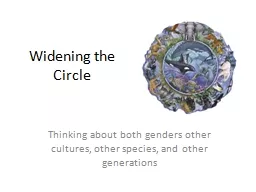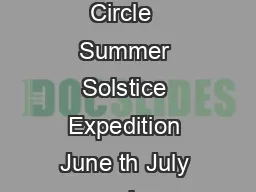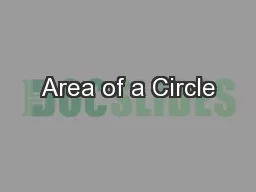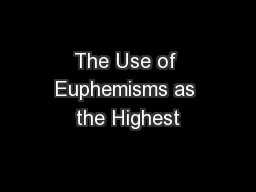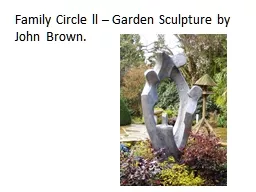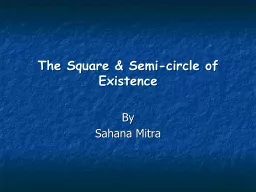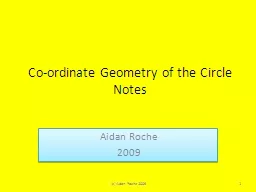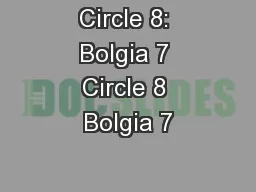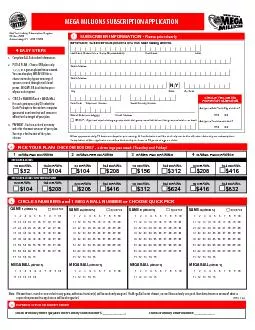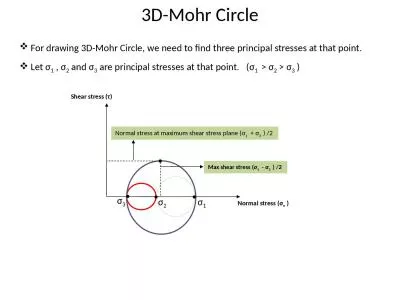PPT-Widening the Circle
Author : conchita-marotz | Published Date : 2018-01-01
Thinking about both genders other cultures other species and other generations Economics for people and the planet Many perspectives are never considered by a system
Presentation Embed Code
Download Presentation
Download Presentation The PPT/PDF document "Widening the Circle" is the property of its rightful owner. Permission is granted to download and print the materials on this website for personal, non-commercial use only, and to display it on your personal computer provided you do not modify the materials and that you retain all copyright notices contained in the materials. By downloading content from our website, you accept the terms of this agreement.
Widening the Circle: Transcript
Download Rules Of Document
"Widening the Circle"The content belongs to its owner. You may download and print it for personal use, without modification, and keep all copyright notices. By downloading, you agree to these terms.
Related Documents

